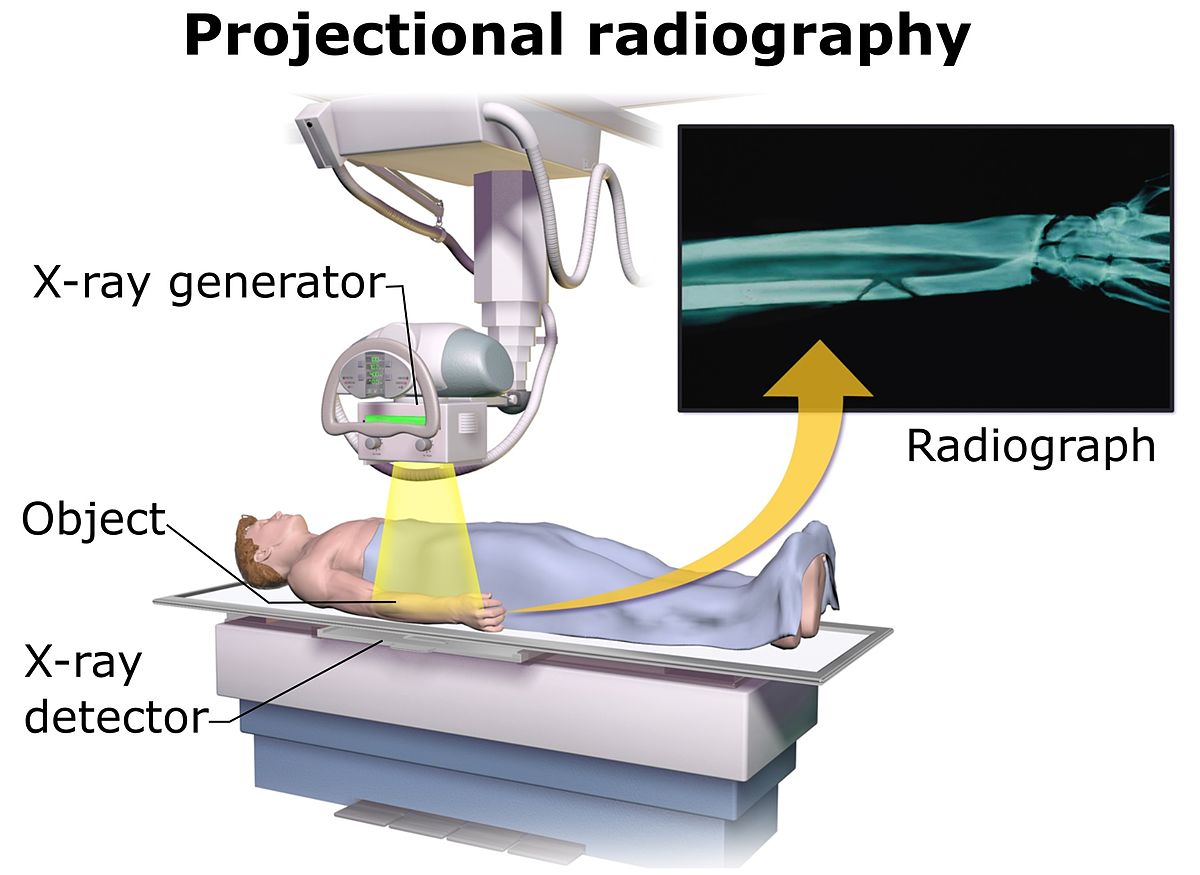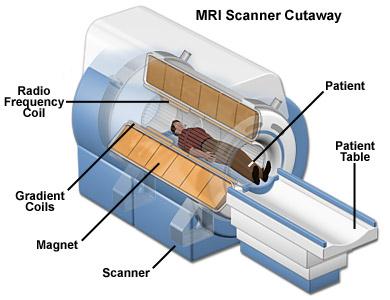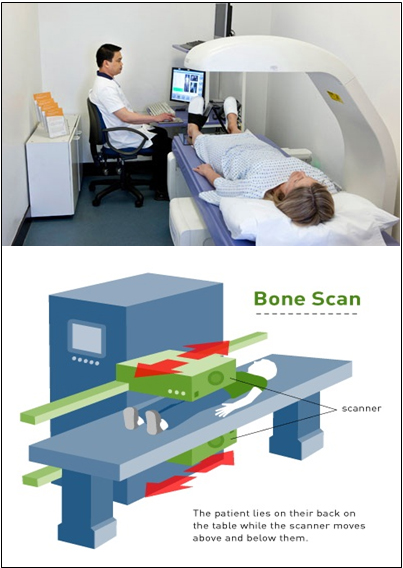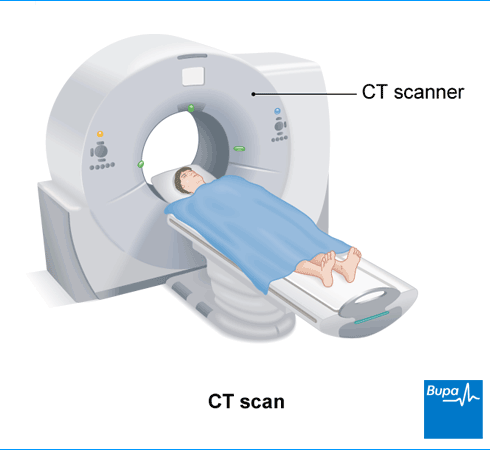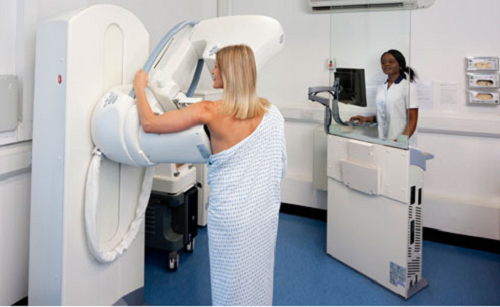Today, a growing number of tests can be performed to identify the presence of abnormal cells or an abnormal structure. These tests can simply confirm or eliminate a primary cancer (diagnose), or they can help determine the spread of the malignancy (stage). Essentially these investigations fall into three main groups: Radiology, Pathology and Endoscopy.
Diagnostic Investigation
I. RADIOLOGY
Radiology allows for visualization of the internal structures. Images are created, which the radiologist then interrupts. These images can be created in a number of ways:
II. PATHOLOGY
Pathology tests can confirm a clinical diagnosis, and have been used recently to monitor a patient’s disease and response to treatment. The types of pathology tests that can be undertaken include:
III) ENDOSCOPY
Endoscopy involves the passage of a long flexible bundle of fibre optic lights. Images are reflected back to the head of the endoscope, providing the operator with a clear picture of the tissues/organs being examined. It is possible for the operator to obtain samples of tissue for histological examination. A pair of special forceps is passed through the endoscope to the area requiring biopsy. The tissue is then retrieved through the endoscope and sent to the laboratory. Cells for cytological examination can also be obtained via this method.

